Backpacking China — 5 weeks of Tan Suo
Actually China wasn’t even on the list. But the adventurous son upon graduation from OU, decided to pursue his fledgling Mandarin. In China. So when the opportunity arose for him to take a month off from school and my schedule became such that a month was possible as well for me, we began to plan. Bigger backpacks were purchased. Squatter toilet techniques were reviewed. Immunizations. Visa. Maps, maps, and more maps. We nixed all the big cities. If I’m going to see something, I want to SEE something.
Something is not the interior of a city hotel where everyone speaks English and really, you could close your eyes and sense you were in any city of the U.S. No. What’s the point? I’m still young enough (recall the ad nauseum part? the women in my family have all been teenage mothers, including myself) to want to experience the places I go. That means hiking as opposed to a tour van, being exposed to uncomfortable physical conditions and intermingling with the population. I figure I can go back someday when I’m too old for REAL exploration and see Beijing, Shanghai, HongKong. And when I get really, really, really old, I’ll shop. Until then, exploration means occasionally being dirty, tired, and hungry, and some amazing captures on “film”.

For this trip, my son asked if I’d be willing to blend in a bit more. No one believed I’d do it. Well who can resist a huge dare? A lifetime of long, blonde locks were carried away by a broom and replaced with a dark brown color. My son didn’t recognize me at the Beijing airport!
The Wild West of China
This ain’t Beijing. It’s on the opposite side of the country, as far away as you can get from the major Chinese travel destinations. And if you managed to get here (a feat my friend), without knowing where you were headed you wouldn’t recognize it, or anyone living here, as being associated with China.
Machine guns and outdated airport equipment were in our face as we timidly looked around the tiny Kashgar (Kashi) airport in XinJiang Province. Not far from Afghanistan or Pakistan, the security was tight. In the Urumqui airport they’d flagged my backpack and after removing every single item comprising its 50+ lbs., determined the X-ray machine had not liked the looks of my water filter. The carbon filter looked menacing I suppose. Got to keep the water filter, but not before lots of time was lost trying to explain what a water filter is. My son’s fluency in Mandarin was not completely useless, just almost (they speak Uigher here). I didn’t want to look anyone in the eye for fear Urumqi had called ahead regarding the water filter incident. They hadn’t.
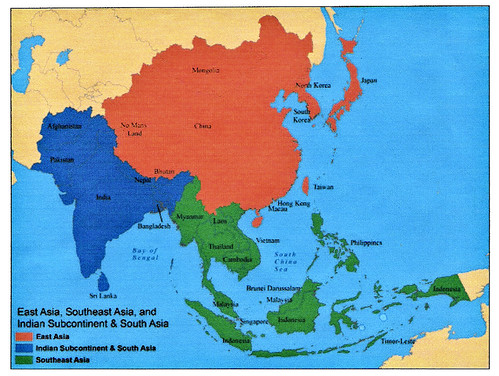
We spent about half of our 4 weeks in China in the West. It is still marked as a No Man’s Land on a few maps.
We embarked from the airport into a land that time has forgotten. Kashgar is a time warp that could just as easily have been the set of a Star Trek or Twilight Zone. It was indeed just as exciting as stepping through that portal opening. The Han Chinese are minorities here. Uigher is the language. The people (Uighers, Tajiks, Krygyzs, and Uzbeks) seemed the happiest and were indisputably the kindest we encountered during 5 weeks touring the backcountry of China.
The West of China, specifically the provinces of XinJiang and Gansu, had beckoned to me when my son and I planned the month long backpacking excursion, just as the Western United States has always enticed me. There are many similarities in their appeal. Still considered a no-man’s land (and marked so on a few maps), Kashgar is a fixture in time on the 6,000 year old Silk Road. In the XinJiang Province, 8 nations border to create a collision of people/culture/language, giving XinJiang’s capital, Urumqui, the title “most land-locked city in the world.”
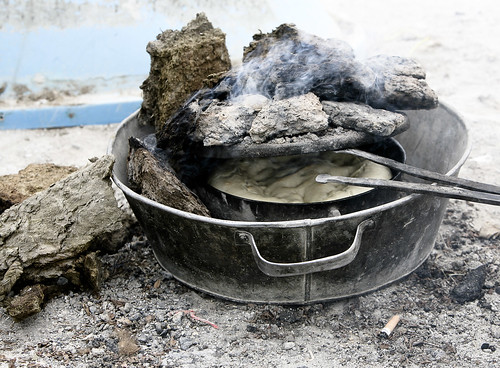
Yak Dung Bread. It was served dipped in Yak Milk Chai Tea by the lady of the house (above). It was delicious!
Located in the Taklamaken desert, homes of mud and grass have stood for centuries. Sand storms are frequent. Coming from Beijing, or any of the larger cities, you see what you think is the same smog choking the air. But if you’re so lucky to find a shower, you realize once the water hits you, it’s not smog, rather sand. And regardless how new something might be in XinJiang, the sand ages everything quickly. Including humans.
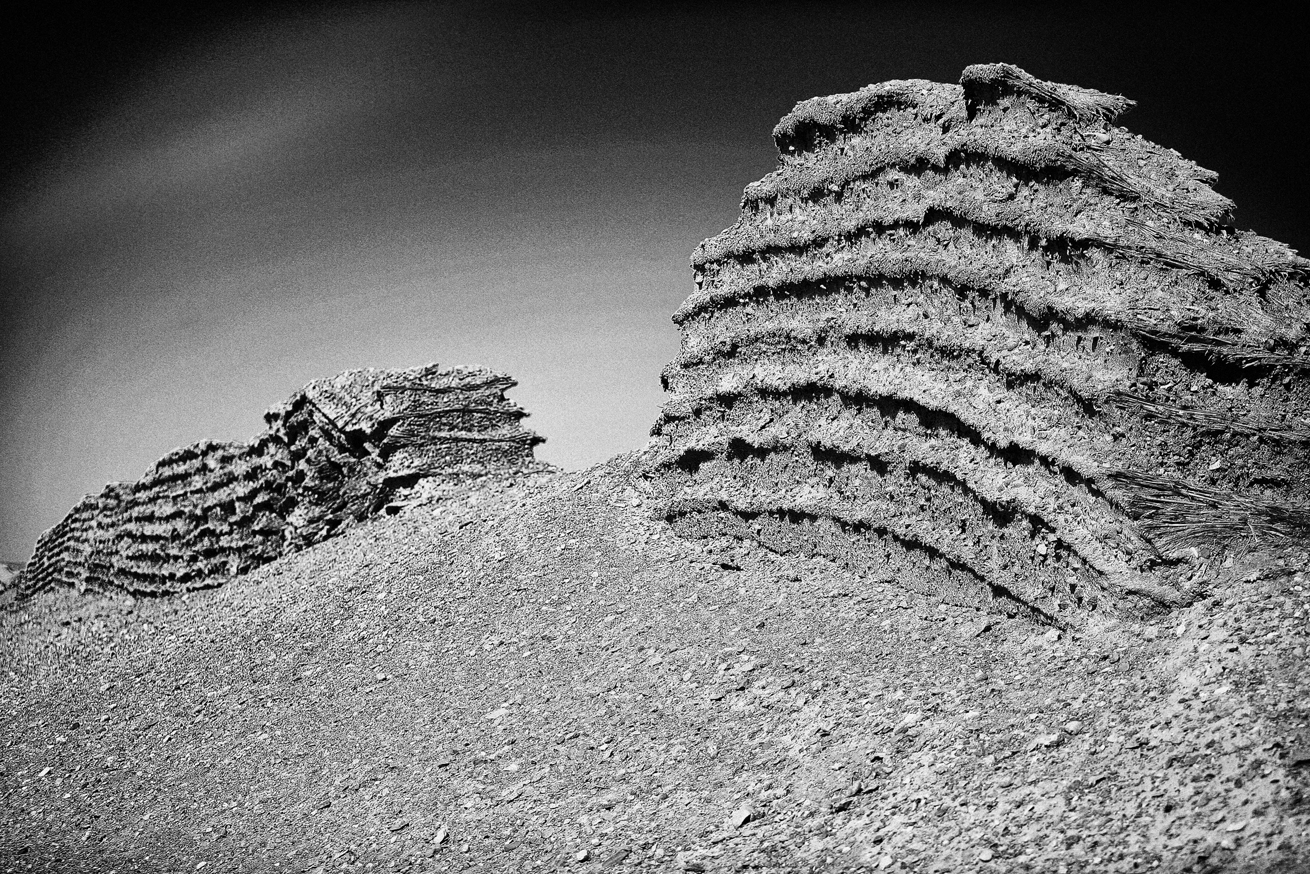
Only in their most recent version did Lonely Planet make any mention of this portion of the Great Wall. My son had heard about it and so we asked around. A guy offered to drive us – 4 hours one way outside of Dunhuang and worth every shockless inch. My first Great Wall experience was at the section of the wall few people get to see. In the middle of the desert I glimpsed it. The magnitude of what I was seeing with my own eyes in the the middle of a wasteland moved me to tears. The Westernmost section of the Great Wall lies in the Gobi desert, is still VERY discernible, very viewable, and very mind blowing. It’s unrestored remnants from 101 B.C. were impressive – no stone work, just mud, grass, and small stones. The joy at sharing this sight with my son will be with me always.
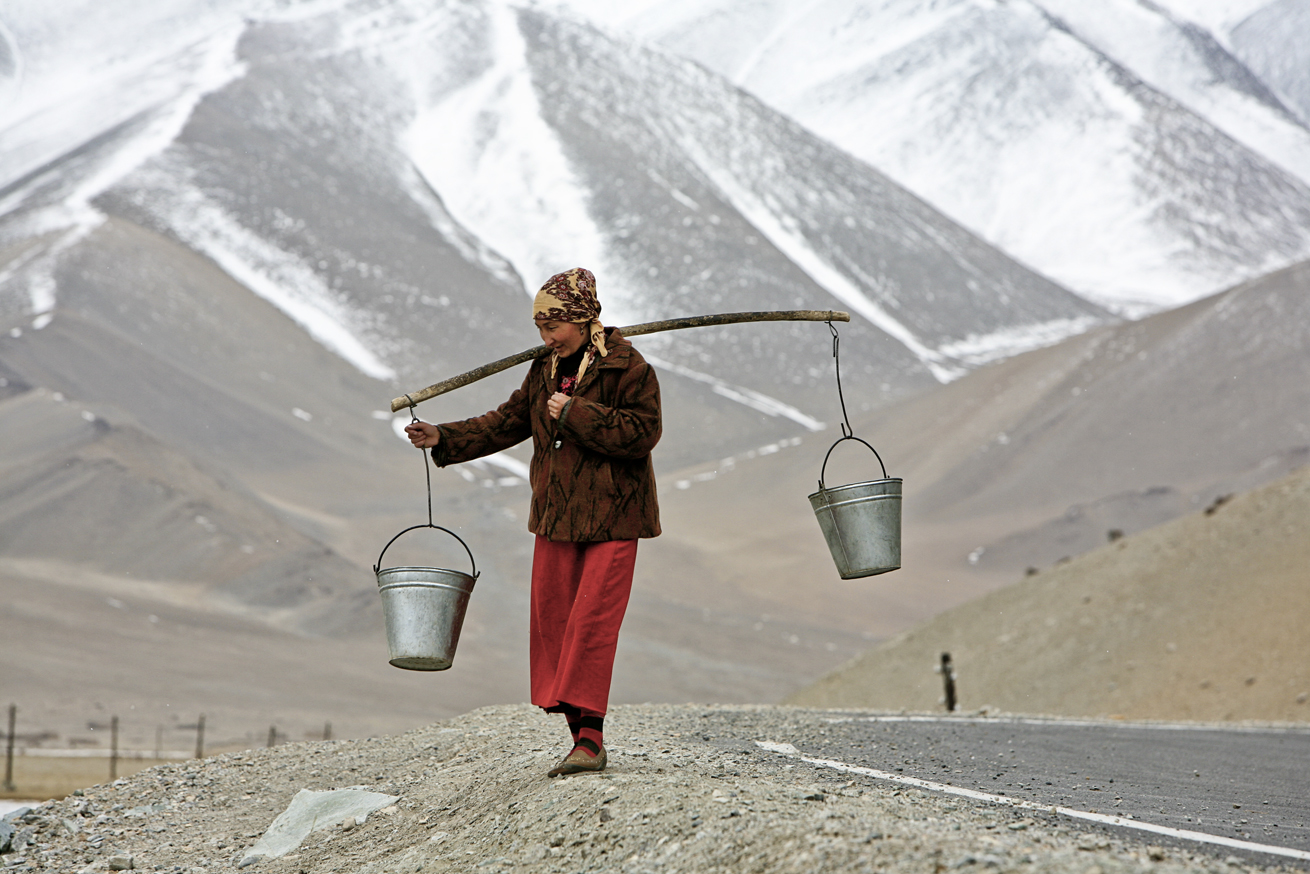
She was a yurt dweller off the Karakoram Highway not far from the Pakistan border. It was impossible to tell her age. Brightly (and warmly) dressed she had the features of a beauty queen, the movements of a model, and the smile of a joyous existence. Yet she was gathering water that weighed approximately 10 pounds on each shoulder. Then she balanced it with practiced skill. Having some distance to transport it back to her home meant any spillage would have been a tremendous loss of time and effort.
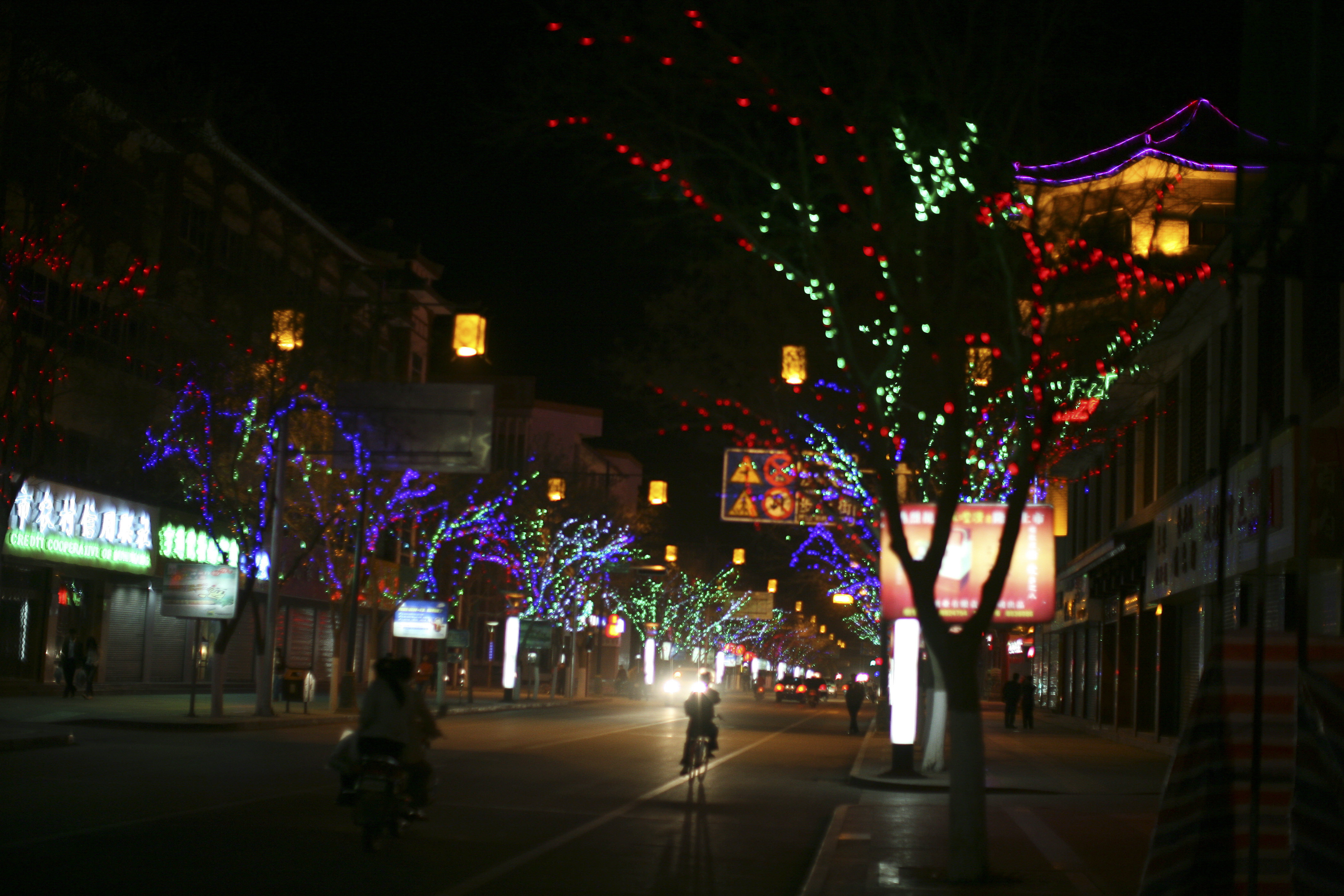
Dunhuang is southeast from Urumqui in the province of Gansu, just south of Mongolia. Also on the world’s first information superhighway, the Silk Road, Gansu is a treasure trove of Buddhist paintings and sculptures, and the Buddhist grottoes of the Mogao Caves. The arid land and harsh climate has made the land barely inhabitable. As such, the Gansu Province is one of the 5 poorest provinces in China. Dunhuang may be poor, but when we pulled into downtown in a “taxi”, we were instantly transported from weary travelers to starry eyed tourists. The town is alight at night with magical colors and we were gratefully rejuvenated by the sight. The light of day replaced the magic with a sobering reality. Yet even that meant 3 days of adventure we’ll never forget.
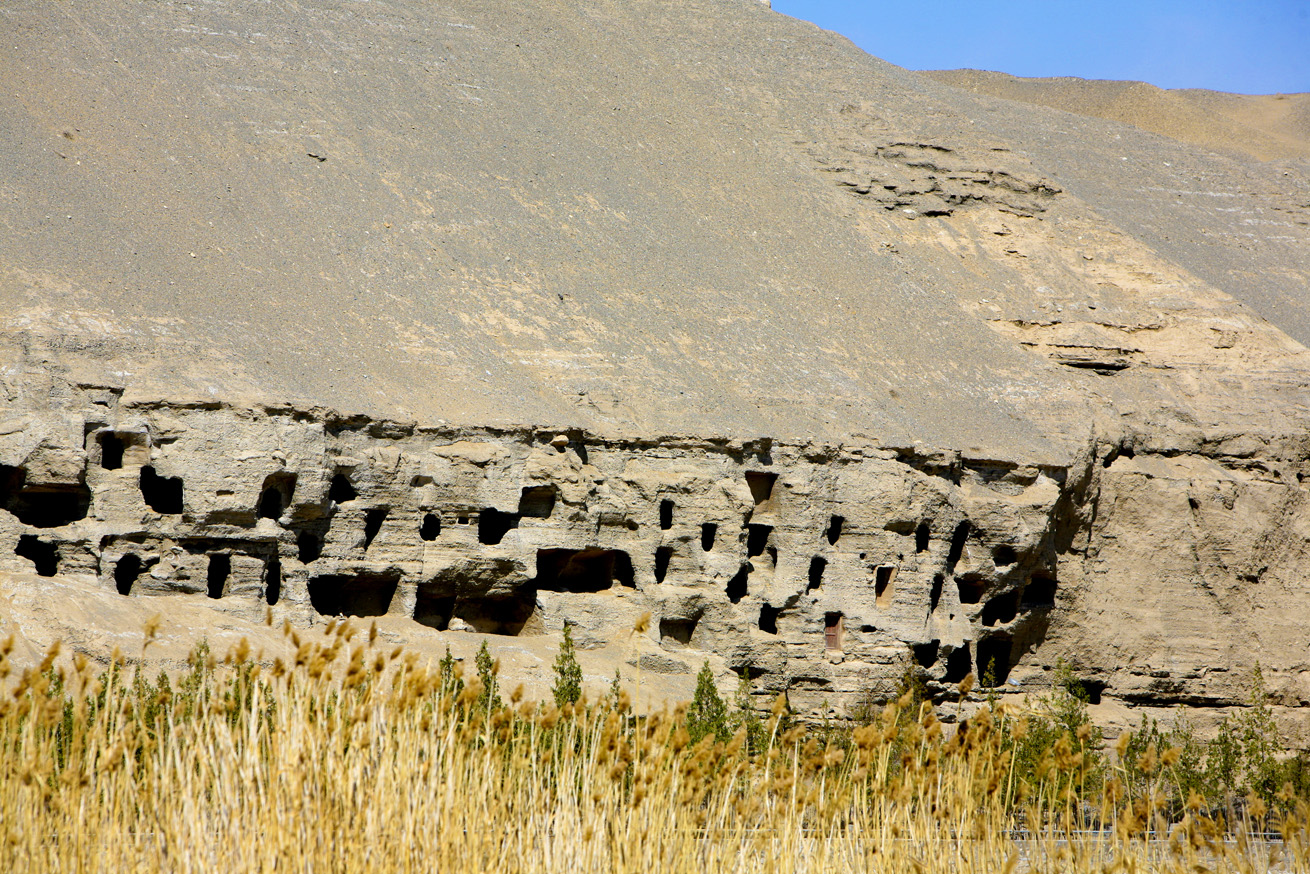
This picture of grottoes is on site of the Mogao Caves. There were no cameras or recording devices of any kind allowed inside the gated and heavily guarded caves. Filled with art and sculpture of a quantity and often of sizes that strain our modern brains to comprehend, the caves were exquisite. I’ve dreamed about what I saw in there several times since arriving home. Impossible to describe, breathless to behold, it was one of my favorite ancient sites. To quote Lonely Planet “The Mogao Caves are, simply put, one of the greatest repositories of Buddhist art in the world.” At its height the site had 18 monasteries, 1400 monks and nuns, and numerous artists, calligraphers, and translators. Generally agreed to have been founded in AD 366, the collapse of trade after the Yuan dynasty left the 1700 meters of grottoes and millennium of art untouched for centuries as the Gobi desert took hold. It was only in the 20th century that the massive, priceless troves of art and remnants were rediscovered.
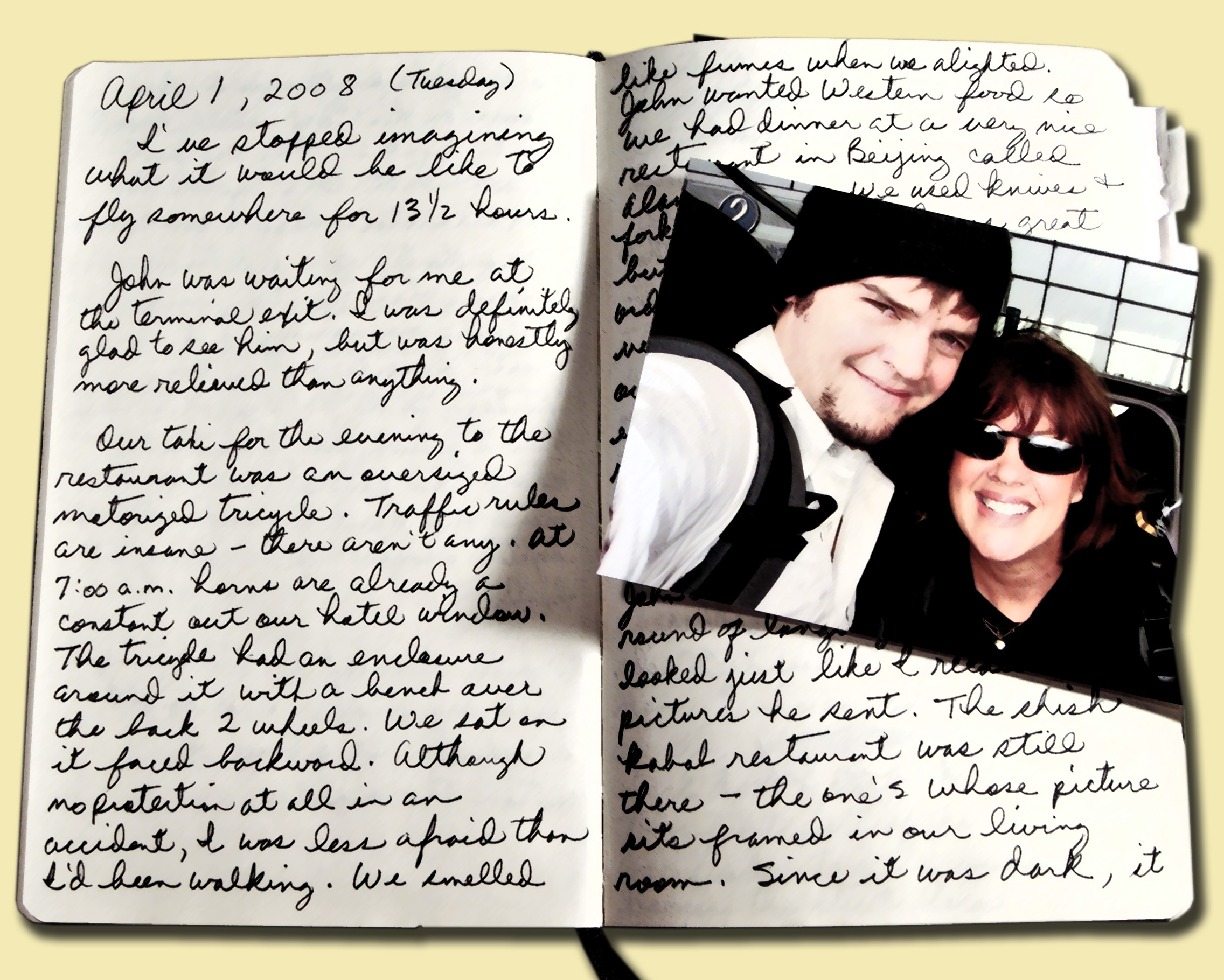
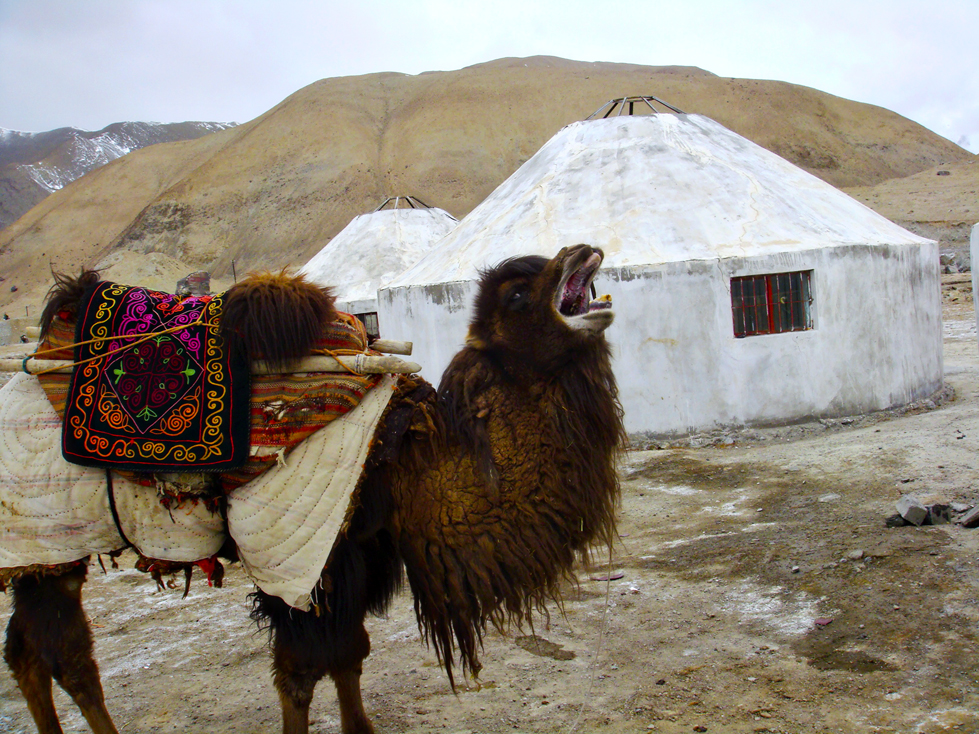
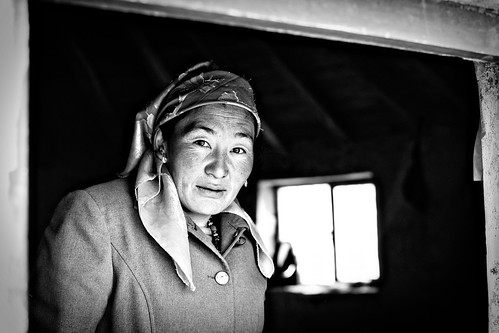
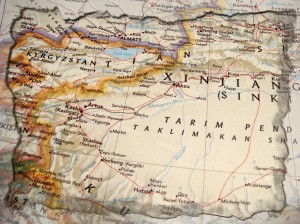
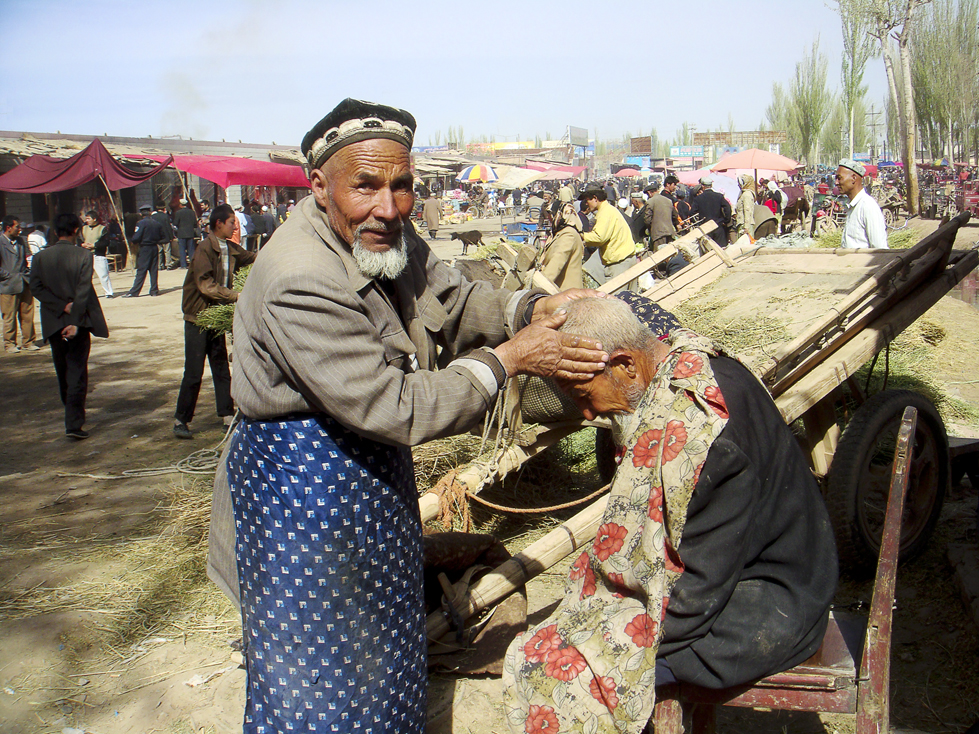

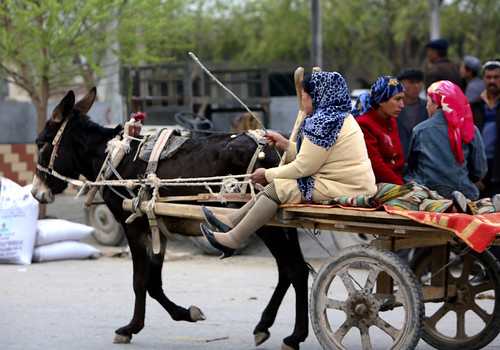
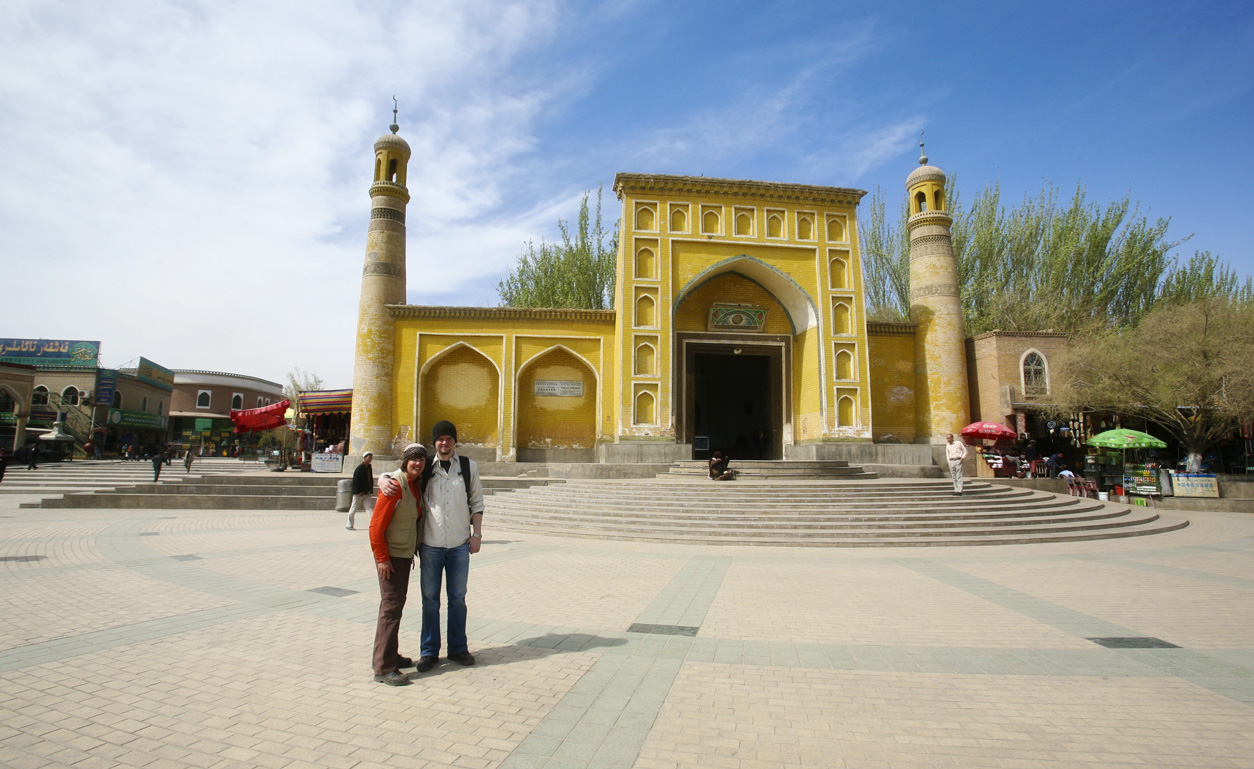
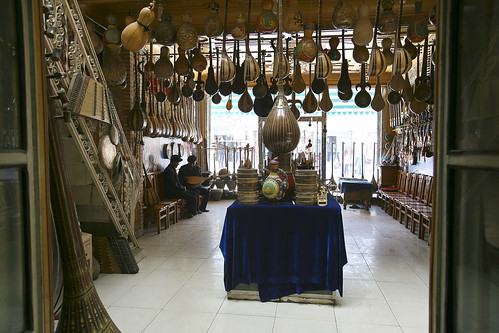

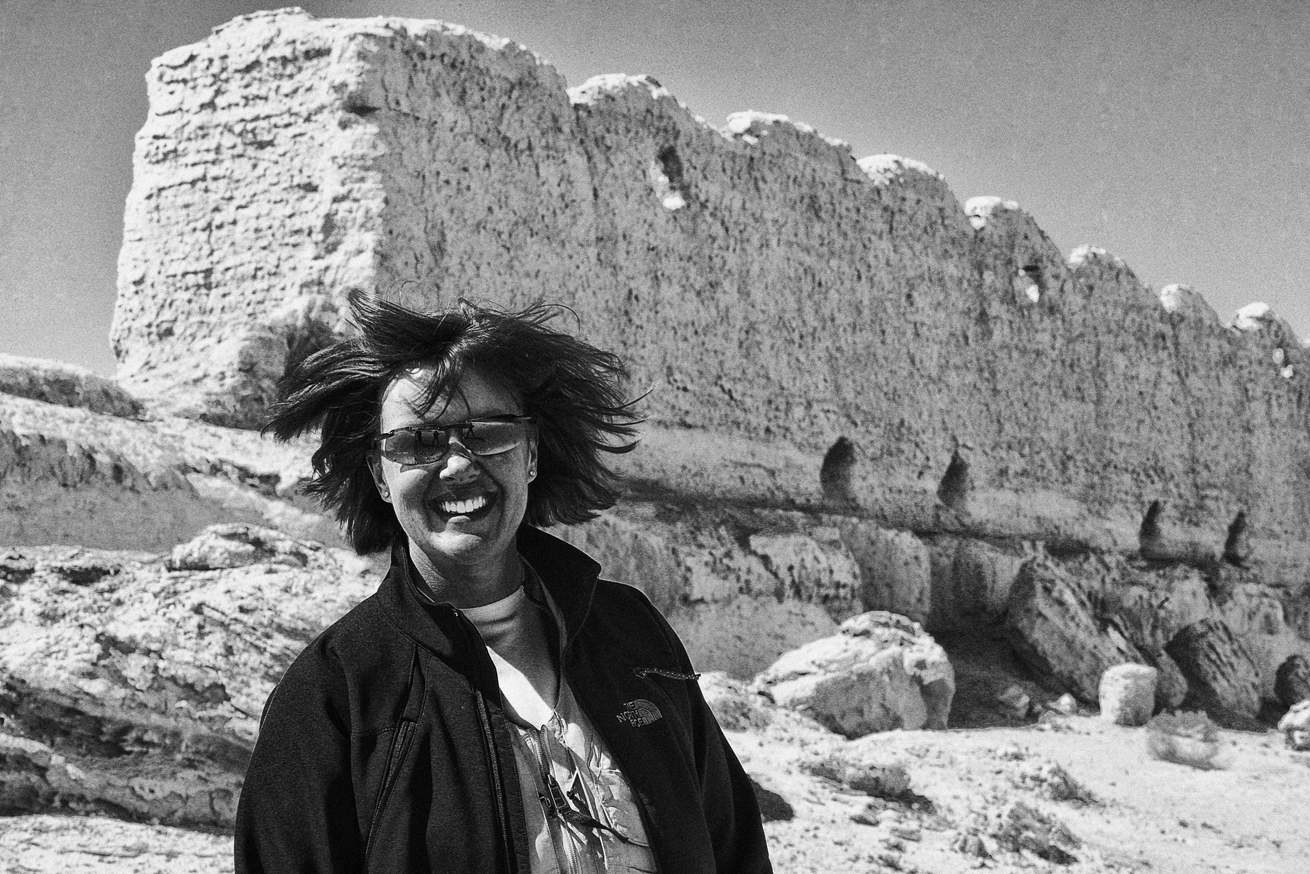
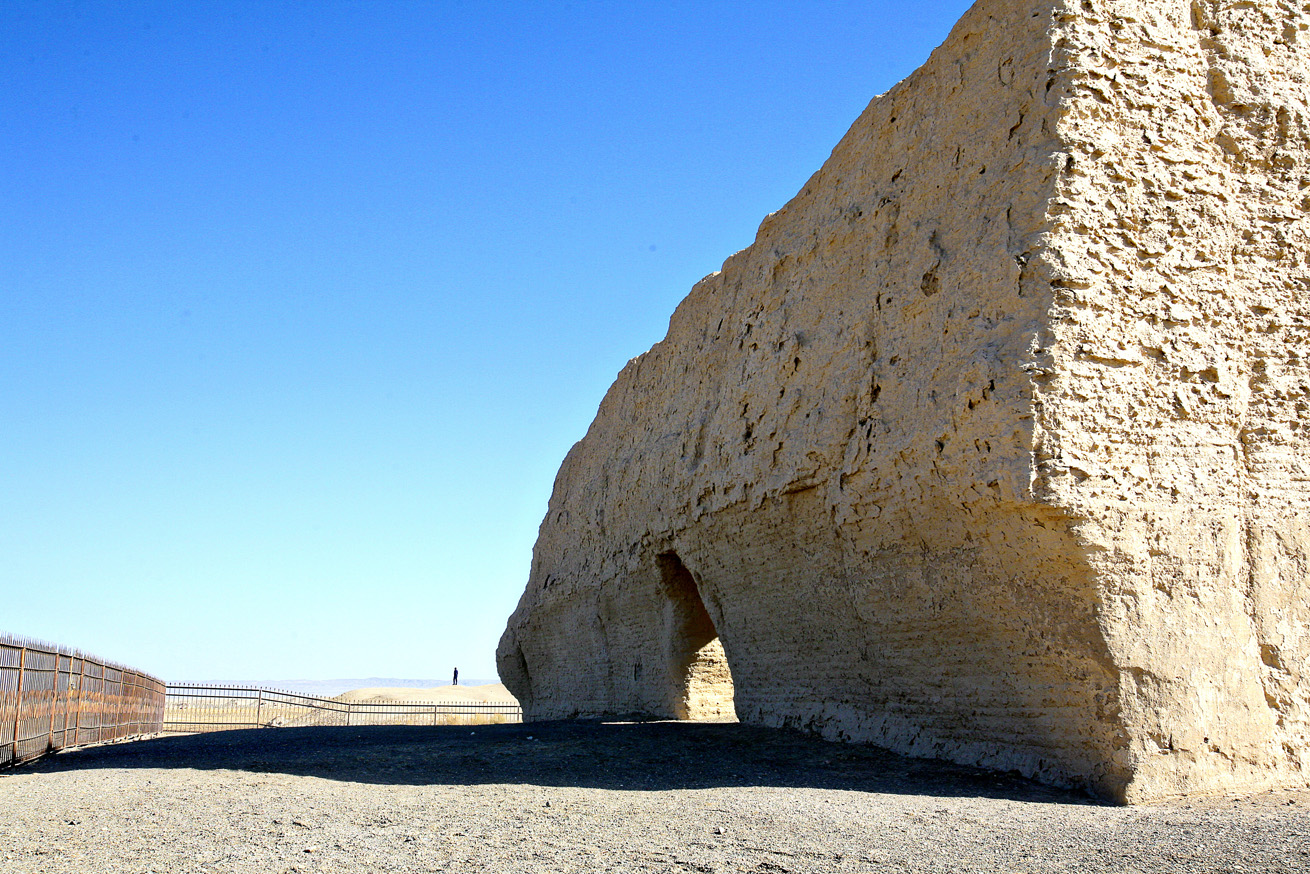

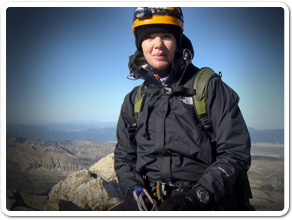
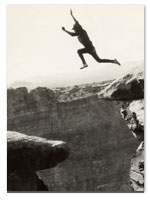 About SRT... I’m a traveler, writer and photographer for whom the open road frequently summons. Adventurous solo road trips are a staple for me, and a curiosity. So I created this website to share them and inspire you to step out and give them a try. Welcome!
About SRT... I’m a traveler, writer and photographer for whom the open road frequently summons. Adventurous solo road trips are a staple for me, and a curiosity. So I created this website to share them and inspire you to step out and give them a try. Welcome! 
